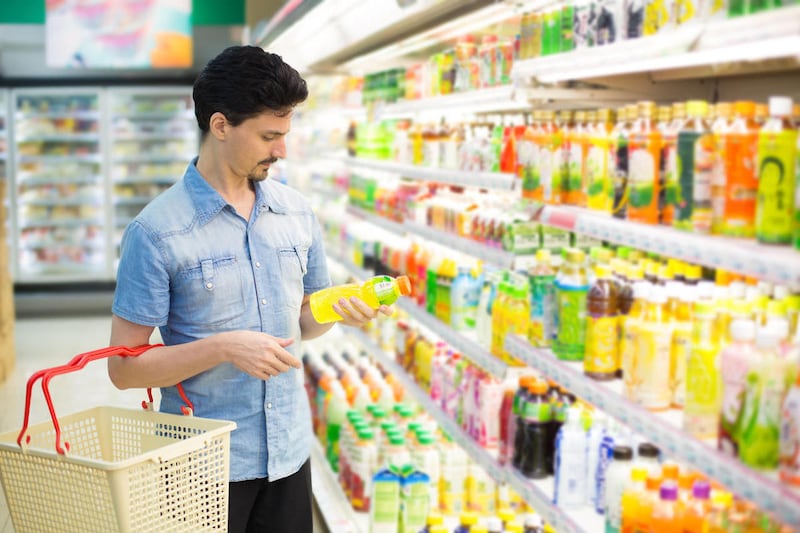It is a known fact that several snacks and drinks commonly available in American grocery stores are unhealthy. However, some common foods are so unhealthy, they're banned in other countries.
As first highlighted by Buzzfeed, a new book titled "Rich Food Poor Food" by Dr. Jason Calton and certified nutritionist Mira Calton features a section solely dedicated to a list of banned ingredients, including where they are banned and what caused governments to ban them.
One of the most common ingredients that has been banned in some countries is artificial food coloring. Food coloring is made from petroleum and is found in several American products, such as soda, sports drinks, macaroni and cheese, and candies. Although average consumption of these products may not cause adverse effects, moderate to excessive consumption of some of these ingredients can have life-threatening consequences.
Here is a list of eight ingredients found on grocery shelves in the United States that are banned in other countries:
Artificial food dye
Artificial food dye is found in practically everything we eat to make it look appealing: cake mixes, sports drinks, Jell-O, sauces, boxed macaronic and cheese, and candy.
Dangers: Artificial food coloring and dyes are made from chemicals that are derived from petroleum. Petroleum is used to make gasoline, diesel fuel, asphalt and tar. Some artificial colors have been linked to hyperactivity, cancer and cell deterioration.
Where it’s banned: Norway, Finland, Austria, France and the United Kingdom.
Olestra (or Olean)
Olestra is a fat-free additive found in foods such as fat-free potato chips, french fries, and corn chips.
Dangers: In 1996, the FDA approved Olestra as a food additive as a substitute for cooking oil, shortening and butter. But the invention of Olestra not only removed excess fat from foods; it restricted the body's ability to absorb essential vitamins. Other side effects include: cramps, bloating, gas and loose bowels.
Where it’s banned: the U.K. and Canada.
Brominated vegetable oil
Brominated vegetable oil is used to make food dye stick to liquid. It is found in several sports drinks and some sodas, including citrus sodas, to protect flavor.
Dangers: Brominated vegetable oil contains bromine, which is an ingredient used to keep couches and carpets from catching on fire. Excessive consumption of BVO can lead to organ damage, heart disease, reproductive damage and behavioral problems.
Where it’s banned: In more than 100 countries.
Potassium bromate (bromated flour)
Potassium bromate is found frequently in wraps, rolls, breadcrumbs and bagel chips. It is a food additive that is an oxidizing agent, primarily used in baking. The additive helps speed up the baking process, which in turn helps companies save money.
Dangers: Potassium bromate has the same harmful chemical as brominated vegetable oil. It has been linked to kidney failure and cell deterioration.
Where it’s banned: Europe, Canada, and China.
Read the full list, 8 readily available foods in the US that are banned in other countries.

